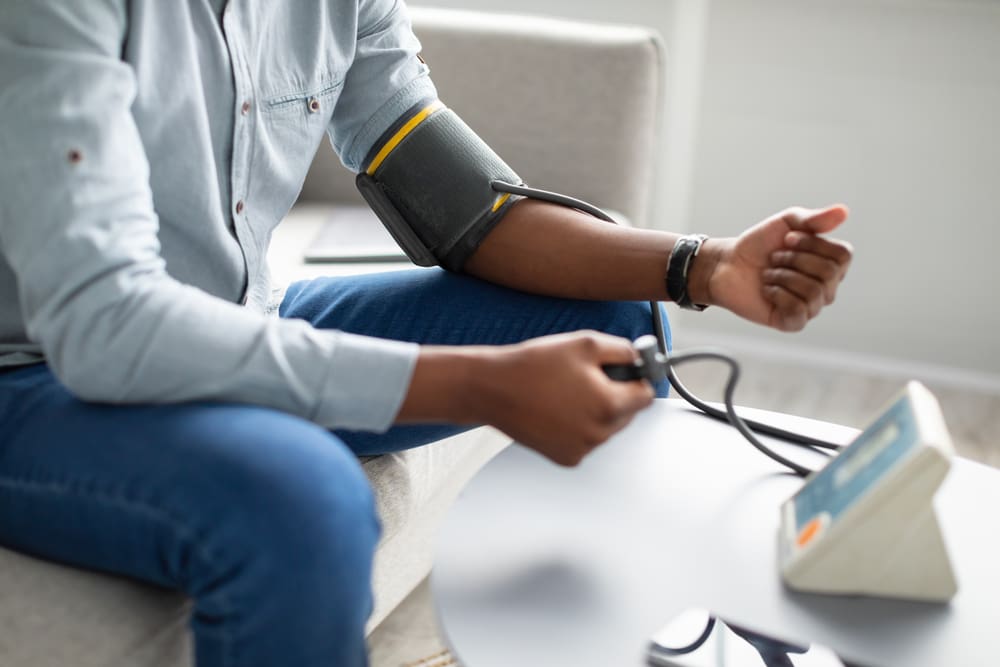Recent findings from the Centers for Disease Control and Prevention (CDC) indicate a concerning increase in stroke incidents among Americans under 65. Over the past decade, the risk has escalated by approximately 15%, with a notable rise in stroke risk factors such as obesity and type 2 diabetes among younger adults.
What is a stroke?
A stroke, often described as a brain attack, occurs when blood flow to an area of the brain is cut off. The two main types are ischemic, caused by a clot obstructing blood flow to the brain, and hemorrhagic, caused by bleeding into brain tissue.
Alarming trends in stroke incidence
The CDC’s report highlights a significant increase in stroke prevalence among adults aged 18 to 44 and 45 to 64, with rates climbing by 14.6% and 15.7%, respectively. This rise is more pronounced among certain ethnic groups, with Native Hawaiians and Pacific Islanders experiencing the highest surge, closely followed by Black Americans.
Factors contributing to increased stroke risk
Experts attribute the rise in stroke cases partly to lifestyle behaviors such as smoking, physical inactivity, and excessive alcohol use. These habits contribute to the development of chronic conditions like hypertension, high cholesterol, and diabetes, which are significant stroke risk factors.
Preventive measures to lower stroke risk
While genetic factors are beyond one’s control, lifestyle adjustments can significantly reduce stroke risk. Regular exercise, a diet rich in fruits and vegetables, and avoiding smoking are crucial preventive measures. Additionally, managing chronic conditions with the help of healthcare professionals is vital for minimizing stroke risk.
Immediate actions during a stroke
If a stroke is suspected, it is critical to seek immediate medical attention. Treatments are most effective within the first few hours of symptom onset. Recognizing symptoms promptly and acting fast can greatly improve recovery outcomes and reduce long-term disabilities associated with strokes.





